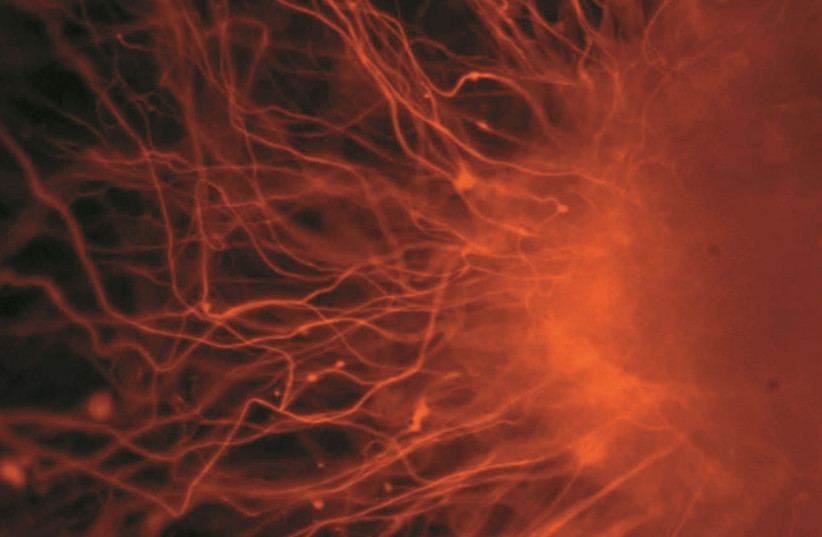Human pluripotent stem cells (hPSCs), which can self-renew indefinitely in culture while maintaining the ability to become almost any cell type in the human body, have been regarded by scientists as a possible endless source of tissue and organs in the future to replace those that are diseased.
Now, a new study by the Hebrew University of Jerusalem (HU) offers a worrisome revelation – that over one-fifth of hPSC samples that can be used in regenerative medicine possess cancer-related mutations, with the majority acquired during their propagation in culture.
The findings underscore the importance of regular evaluations of cell cultures, as these mutations impact not only the growth advantage in culture but also influence the cell-fate transition during differentiation.
Increased vigilance required when using stem cells
The study emphasized the need for increased vigilance in the use of stem cell derivatives in both research and clinical applications to ensure accurate conclusions and safe therapeutic practices.
Their amazing characteristics make these cells a great tool for research of early human development as well as disease modeling and drug discovery, and most importantly, as a cell source for regenerative medicine.

Although hPSCs can be propagated in culture for long periods of time, it is known that they can also acquire genetic aberrations conferring a selective advantage in the culture conditions.
This advantage then allows a single cell with the aberration to take over the population of cells. The laboratory of Prof. Nissim Benvenisty at HU’s Azrieli Center for Stem Cell and Genetic Research has been a pioneer in identifying cancer-related genes with such mutations and in developing a bioinformatic algorithm to identify them.
Their study has just been published in the prestigious journal Nature Biotechnology under the title “High prevalence of acquired cancer-related mutations in 146 human pluripotent stem cell lines and their differentiated derivatives.”
“The mutations we found were not known to the investigators that utilized the cells and published their research, and as such could have brought misleading conclusions, especially when phenotypic effects have been shown to exist,” added Jonathan Jung, one of the paper’s authors. “The need for periodical evaluation of the culture is important for the field to move in the right direction, especially for clinical utilities.”
The recent increased popularity of pluripotent stem cell use in differentiation studies and their use in clinical trials has now led the graduate students Elyad Lezmi, Jonathan Jung, and Benvenisty to try and illuminate the state of mutation abundance in these cells and their differentiated derivatives used in basic and clinical research.
With their bioinformatic tool, the investigators analyzed over 2,200 samples from over 140 different hPSC lines, in the hopes of unveiling the abundance and severity of these cancer-related mutations acquired in culture.
The researchers show that a staggering 22% of the samples analyzed appeared to have at least one cancer-related mutation, and at least 70% of those were acquired throughout their propagation in culture. Mutations acquired during the differentiation period, although rare, still occur and, as such, require the surveillance of the end product of the differentiation protocol.
The most predominant gene in the analysis was P53 – the best-known tumor suppressor gene in human cancers. A deeper analysis of the mutations revealed the similarity of mutations acquired in culture in stem cells to those that appear in patients‘ tumors.
These mutations caused a delay in the exit from pluripotency of the stem cells and in their differentiation into somatic cells. This led the researchers to suggest that these acquired mutations don’t only confer an advantage in culture but also have an effect on the cell fate transition, which is a crucial point of concern due to the rise of differentiation studies in stem cell research and clinical application.
